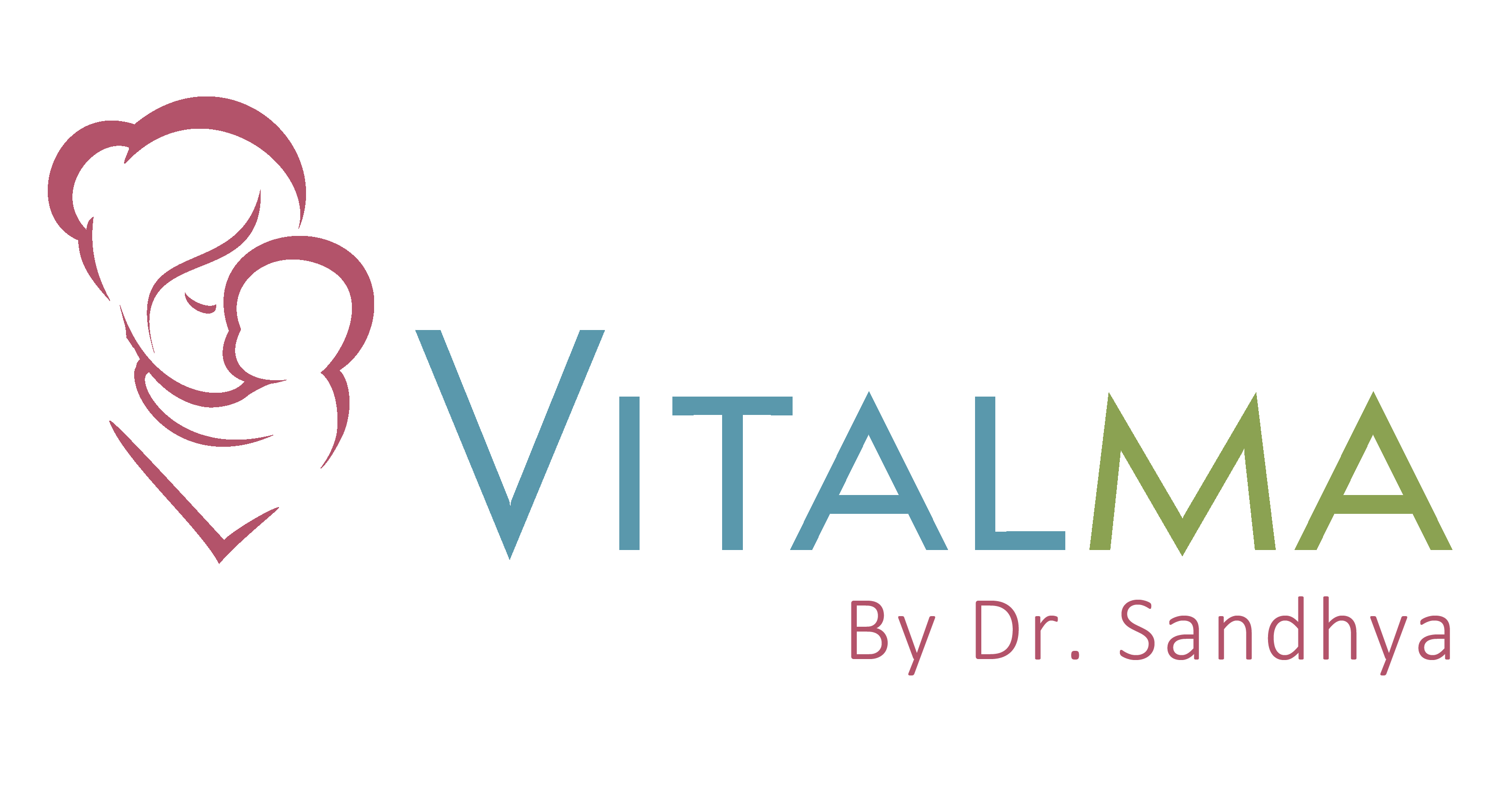Inclusive education involves recognizing and accommodating the diverse needs of all students, including those with learning disabilities. Understanding the nature of learning disabilities and implementing effective strategies in the classroom are essential for ensuring that every student has the opportunity to succeed academically. Let’s explore how educators can support students with learning disabilities to maximize their potential and foster a positive learning environment.
Understanding Learning Disabilities:
Learning disabilities are neurodevelopmental disorders that affect the way individuals process information, resulting in difficulties with reading, writing, math, organization and other academic skills. These disabilities are not indicative of intelligence but rather reflect differences in brain functioning. Common types of learning disabilities include dyslexia, dyscalculia, dysgraphia and attention-deficit/hyperactivity disorder (ADHD). Recognizing the signs and symptoms of learning disabilities is crucial for early identification and intervention.
Creating a Supportive Learning Environment:
Creating a supportive learning environment begins with fostering a culture of empathy, acceptance and inclusion in the classroom. Educators should prioritize understanding each student’s unique strengths, challenges and learning styles. By recognizing and validating the experiences of students with learning disabilities, educators create an atmosphere where all students feel valued and capable of success. Additionally, providing accommodations and modifications tailored to individual needs ensures equitable access to learning opportunities for students with learning disabilities.
Differentiating Instruction:
Differentiating instruction involves tailoring teaching methods, materials and assessments to accommodate diverse learning needs. Educators can differentiate instruction by providing alternative explanations, offering multiple modalities for presenting information and incorporating hands-on activities and visual aids. By scaffolding instruction and breaking tasks into manageable steps, educators can support students with learning disabilities in mastering academic content and building essential skills.
Utilizing Assistive Technologies:
Assistive technologies are valuable tools for supporting students with learning disabilities in the classroom. These technologies include software, apps and devices designed to enhance learning and compensate for specific challenges. For example, text-to-speech software can assist students with dyslexia in accessing written materials, while graphic organizers can help students with ADHD organize their thoughts and ideas. By leveraging assistive technologies, educators can empower students with learning disabilities to overcome barriers and participate fully in the learning process.
Providing Individualized Support:
Individualized support is essential for meeting the unique needs of students with learning disabilities. Educators can collaborate with special education professionals, parents and other support personnel to develop individualized education plans (IEPs) or 504 plans that outline specific accommodations, modifications and support services for each student. Regular monitoring of progress and ongoing communication with stakeholders ensure that interventions are responsive to students’ evolving needs and promote continuous growth and success.
Promoting Self-Advocacy and Self-Efficacy:
Promoting self-advocacy and self-efficacy empowers students with learning disabilities to take an active role in their education and advocate for their needs. Educators can teach self-advocacy skills, such as articulating their strengths and challenges, requesting accommodations and seeking assistance when needed. By fostering a growth mindset and celebrating students’ efforts and progress, educators cultivate resilience and self-confidence in students with learning disabilities, empowering them to overcome obstacles and achieve their goals.
Conclusion
Understanding and supporting learning disabilities in the classroom is essential for creating an inclusive learning environment where all students can thrive. By recognizing the unique strengths and challenges of students with learning disabilities, differentiating instruction, utilizing assistive technologies, providing individualized support and promoting self-advocacy and self-efficacy, educators can ensure that every student has the opportunity to reach their full potential. Together, let’s work towards building a more equitable and inclusive education system that values and supports the diverse needs of all learners.
References

